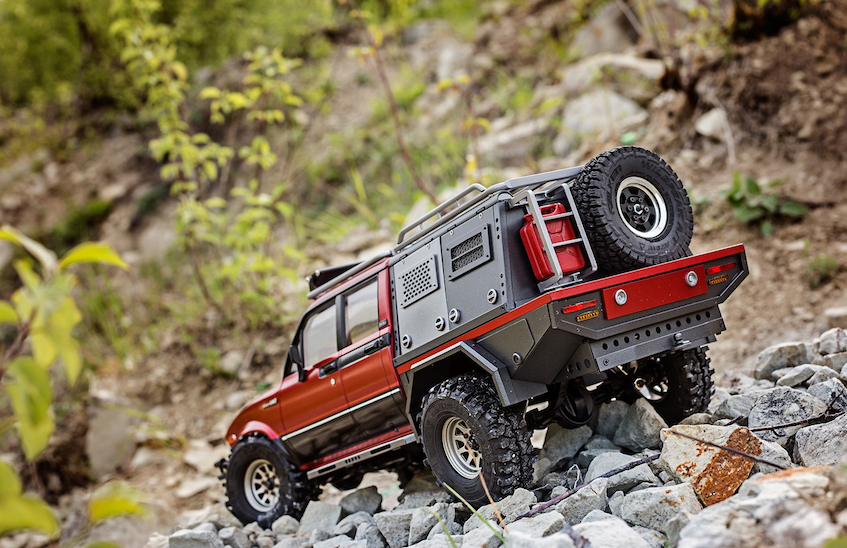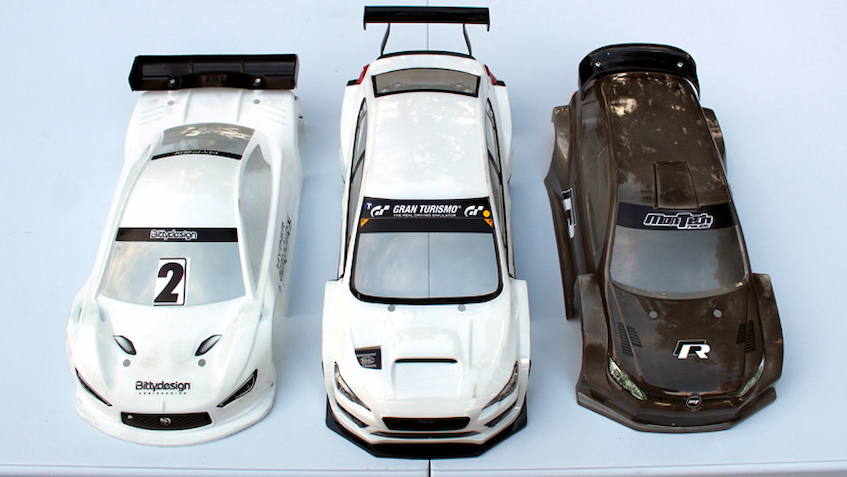
Beginner’s Guide to Scale Modeling
Whether you’re interested in building miniature versions of your favourite cars, airplanes, or ships, scale modelling lets you exercise your imagination and attention to detail in a fun and fulfilling way. However, there are different types of models, tools, and techniques to choose from. This makes it a complicated hobby no matter whether you’re a beginner or have some experience with scale modelling.
For this reason, I’ve put together this beginner’s guide that will help you get started on your journey with confidence and enthusiasm. So, if you’re feeling crafty, get ready to dive into the world of scale modelling and discover the joy of bringing your favourite subjects to life in miniature form!
Contents
Pick Suitable Scale Model Kits

If you’re a complete beginner in this hobby, you should pick a kit that’s suitable for your skill level. Choosing a model that’s too complex or difficult is frustrating and it can discourage you from continuing with the hobby. Luckily, there’s a wide range of model kits that cater to different interests and skill levels.
You can choose from a variety of subjects, including airplanes, cars, ships, and military vehicles. They’re available in different materials, such as plastic, wood, and even metal. They have simple designs, which makes them easier to assemble and less overwhelming. You’ll still get the satisfaction of building something with your own hands, but without the frustration of trying to tackle a complicated kit.
One of the great things about these hobby model kits is that they provide a fun and engaging way to learn about history and science. Building a model of a World War II airplane, for example, can help you understand the engineering and mechanics behind it, while building a classic car can teach you about the evolution of automotive design.
At the end of the day, they also provide a sense of accomplishment when you finish them. There’s something really satisfying about holding a model that you’ve built with your own two hands, and it’s a great feeling to display it in your home or office.
What Tools Do You Need to Make a Scale Model?
There are a few tools and equipment you’ll need to get started. Here are some of the essential items that you’ll want to have on hand:
- Hobby knife – essential for cutting and trimming parts and decals;
- Cutting mat – protects your work surface and provides a stable cutting surface;
- Sandpaper – use it to smooth rough edges and surfaces;
- Paint brushes – needed to apply paint and finishes to your model;
- Paints – there are many types of paints available for model building, including acrylic, enamel, and lacquer;
- Glue – depending on the type of model you’re building, you may need to use different types of glue, such as plastic cement or superglue;
- Tweezers – these are useful for holding small parts and decals;
- Masking tape – use this to mask off parts where you don’t want any paint;
- Magnifying glass – helps you see small details and work more precisely;
Of course, the specific tools and equipment you’ll need will depend on the type of model kits you’re building and your personal preferences. Some hobbyists also use additional tools, such as airbrushes or specialised cutting tools.
Prepare Yourself

Here are some tips that will help you prepare yourself and make the process more enjoyable:
- Gather your tools and materials. Before you start building your model, make sure you have all the tools and materials on hand. As I mentioned earlier, some of the essential items include a hobby knife, cutting mat, sandpaper, paints, glue, etc.;
- Set up your workspace. Choose a clean, well-lit workspace where you can work on your project. Make sure you have enough space to lay out all your tools and materials, and that you’re comfortable while you work;
- Read the instructions carefully. Before you begin working on your project, it’s important to know the steps of the project. Make sure you understand each step before you move on to the next one. If you’re not sure about something, don’t hesitate to consult online resources or ask for help from a more experienced builder;
- Take your time. Making a model kit is a process that requires patience and attention to detail. Don’t rush through the steps and take the time to ensure that each part is properly assembled and finished. Remember, the goal is to create something that you can be proud of.
Make Sure the Space is Well-Ventilated
Ensuring that you have proper ventilation is a crucial aspect of scale modelling. This is because many of the materials and products you’ll be working with, such as paints and glues, can release fumes that are potentially harmful if inhaled in large quantities.
To make sure that you have adequate ventilation, consider setting up your workspace in a well-ventilated area, such as a garage or workshop with open windows or a ventilation system. If you’re working indoors, you can use a fan or air purifier to help circulate the air and remove any fumes.
It’s also a good idea to wear a respirator mask while you work, especially when you’re using spray paints or other materials that produce a lot of fumes. A respirator mask helps filter out harmful particles and protects your lungs.
I hope this beginner’s guide was helpful to you! Whether you’re a complete novice or just looking to brush up on your skills, get yourself one of the beginner kits and get ready for a fun and rewarding experience!


No Comments